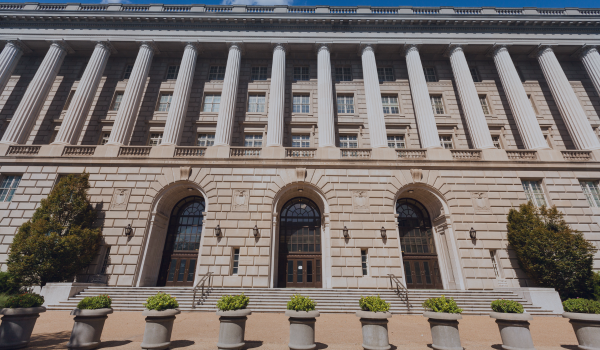Exploring Liability Challenges, Business Coverage Gaps, and the Ripple Effect on Personal Auto Insurance
The future of transportation is arriving faster than most imagined. Autonomous vehicles are no longer just prototypes on test tracks—they’re beginning to roll into real-world use, including autonomous rideshare cars. While the promise of self-driving cars is exciting, they introduce a complicated question for insurers, businesses, and individual drivers: who is responsible when something goes wrong?
As the use of autonomous vehicles expands, the traditional rules of car insurance are being rewritten. This shift carries significant risks for businesses that operate fleets, and it may eventually reshape how personal auto insurance works for everyday drivers.
The Liability Quandary
In a world where AI does the driving, car liability is no longer straightforward. Traditional insurance is built around human error—speeding, distraction, fatigue. But if a crash occurs in a driverless car, who is responsible? The car manufacturer? The software provider? Or even the passenger?
Courts, regulators, and insurers are still grappling with these questions. Some experts predict liability will move away from individual drivers and toward manufacturers and technology companies. However until clear standards are set, businesses operating autonomous vehicles face uncertainty, and potentially large exposure.
Business Insurance in the Era of Autonomous
For companies using autonomous vehicles, this uncertainty creates new layers of risk. Traditional commercial auto policies may not cover software malfunctions or cybersecurity failures. At the same time, the costs of accidents are rising.
Autonomous vehicle insurance claims are often more expensive than those involving traditional vehicles. These cars are packed with advanced sensors and electronics, making even minor repairs costly. A windshield replacement that once cost $300 could now exceed $1,000 when recalibration of cameras and sensors is factored in. Extended repair times also disrupt operations, driving up business losses.
This reality means owners of these vehicles need more than basic liability coverage. They must consider:
- Product liability insurance tied to the vehicle manufacturer and technology provider.
- Cyber insurance for autonomous cars to cover risks of hacking or data breaches.
- Business interruption coverage for downtime caused by complex repairs.
Forward-thinking companies are already partnering with insurers to develop custom autonomous vehicle insurance coverage that addresses these evolving risks.
Cybersecurity and Software Risks
Unlike traditional vehicles, self-driving cars rely heavily on software. This reliance opens new vulnerabilities. A malicious hack could disable safety systems, expose rider data, or even take control of the vehicle. For a company manufacturing or using autonomous vehicles or providing the technology to operate the vehicles, these threats pose both reputational and financial risks.
Cyber liability insurance, once viewed as optional, is quickly becoming essential in the driverless car insurance market. Businesses must also ensure they have strong data security protocols, as regulators increasingly scrutinize how connected vehicles handle personal information.
Regulatory and Legal Shifts
Government agencies are actively shaping the future of autonomous car insurance. Some states are experimenting with pilot programs for self-driving fleets, while federal regulators debate how liability should be assigned in the event of a crash.
Because regulations vary by state, companies may face a patchwork of compliance requirements. Businesses that operate across multiple states will need flexible insurance programs that can adapt to changing laws and liability frameworks.
What It Means for Personal Drivers
Even if you never step inside an autonomous car, the increased use of these vehicles may affect your own coverage. Analysts predict that as self-driving cars reduce accidents caused by human error, traditional personal auto insurance could shrink dramatically.
But this doesn’t necessarily mean premiums will vanish. In fact, personal drivers may see costs rise in the short term as insurers adjust risk pools to account for a mix of human-driven and autonomous vehicles on the road. In some areas, personal coverage options may narrow as insurers shift focus toward commercial policies for fleets and technology providers.
The bottom line: personal drivers should stay informed about how local laws and auto insurance for self-driving cars evolve. Asking your insurer about hybrid policies or endorsements related to autonomous vehicles may soon become a smart move.
Preparing for the Road Ahead and How RMC Can Help
The shift toward autonomous vehicles is creating new challenges for both businesses and individual drivers. At RMC Group, we understand how these changes can impact your insurance needs. Our team works with you to identify potential risks, close coverage gaps, and build a strategy that protects what matters most, whether that’s your business, your fleet, or your personal auto policy. With RMC, you’ll have the confidence of knowing you’re prepared for the road ahead.
👉 Ready to make sure you’re covered for the future of driving? Contact RMC Group today for a personalized insurance review.
-1.png)
-Nov-07-2025-07-06-02-9436-PM.png)
-Nov-07-2025-06-54-27-4332-PM.png)
